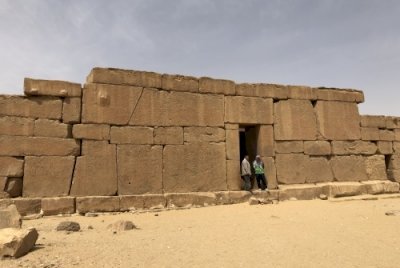Egypt
Oasis of Fayoum
The Oasis of Fayoum was one of the first places in Egypt where agriculture was practised. More arable land was created when its natural lake was turned into a water reservoir due to extensive hydraulic works during the 12th Dynasty.
Site Info
Official Information
- Full Name
- Oasis of Fayoum, hydraulic remains and ancient cultural landscapes (ID: 1830)
- Country
- Egypt
- Status
-
On tentative list 2003
Site history
History of Oasis of Fayoum
- 2003: Added to Tentative List
- Added to tentative list
- Type
- Cultural
- Criteria
Links
- UNESCO
- whc.unesco.org
All Links
UNESCO.org
- whc.unesco.org — whc.unesco.org
Community Information
- Community Category
- Human activity: Agriculture
- Cultural Landscape: Relict
Travel Information
Recent Connections
News
No news.
Community Reviews
Show full reviews
Come inscription time, "Ancient Cultural Landscape of the Fayoum Oasis" would be an apt name adjustment, with emphasis on the word ancient, as the human-oasis interaction in the site has greatly evolved over time.
Fayoum's most significant existing cultural treasures - the Hawara Pyramid, archaeological discoveries (ancient settlements), the Bahar Youssef Barrage, the network of irrigation canals, and other worship sites for Nile deities - are testaments to how the inhabitants managed the flooding and draining of the Nile. The photo (see attached) is taken in a temple called Qasr al Sagha, a pharaonic monument north of Lake Qarun. It is dedicated possibly to Sobek, the Crocodile God, and the crocodile is a sacred animal for Ancient Egyptians.
Throughout time, Fayoum has experienced abandonment and revival. And each time a group of people rediscovers its agricultural (and perhaps socio-religious) advantage, the first to be revived is its network of irrigation canals. As in any other oasis landscapes in the world, management of Fayoum should integrate sustainable agriculture, irrigation / water management, biodiversity conservation, and community engagement.
Keep reading 0 comments